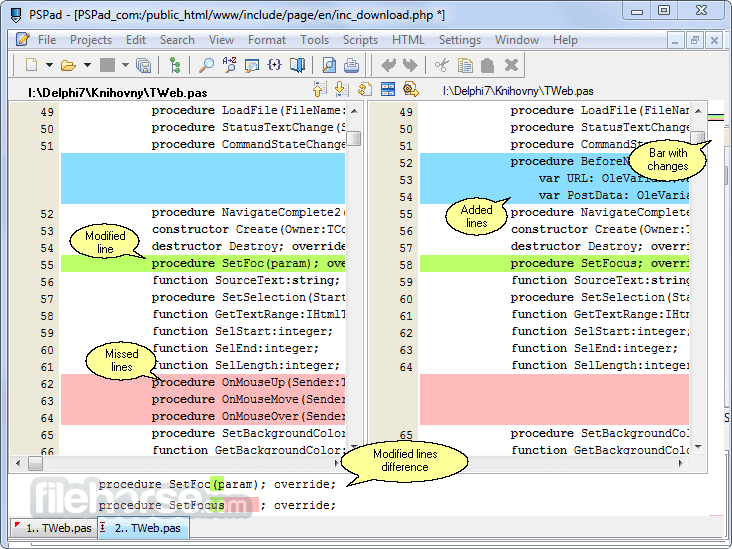
These findings may shed light on a better understanding of affective disturbances behind the two disorders, with BD patients more characterized by abnormalities in neural structures involved in mood oscillations, and BPD by deficits in the cognitive regulation of emotions. 018), including frontal-parietal and temporal regions possibly associated with dysfunctional top-down emotion regulation.

In addition to this, we found an altered white matter network specific to BPD (p =. Notably, BPD patients showed milder alterations in the same circuit, standing in the middle of a continuum between BD and controls. 003) in a network involving mostly subcortical structures and cerebellar areas, possibly related to abnormal mood experiences. Compared to controls, BD patients showed increased gray matter concentration (p =. Structural T1 images from 30 patients with BD, 20 with BPD, and 45 controls were analysed by capitalizing on an innovative whole-brain multivariate method known as Source-based Morphometry. To shed light on the neural bases of these aspects, and to better understand differences and similarities between the two disorders, we analysed for the first time gray and white matter features of both BD and BPD. Affective symptoms range from abnormal mood swings, characterizing both BD and BPD, to regulation dysfunctions, more specific to BPD.


However, these pathological conditions share a number of affective symptoms that make the diagnosis difficult. According to the nosological classification, Bipolar Disorder (BD) and Borderline Personality Disorder (BPD) are different syndromes.


 0 kommentar(er)
0 kommentar(er)
